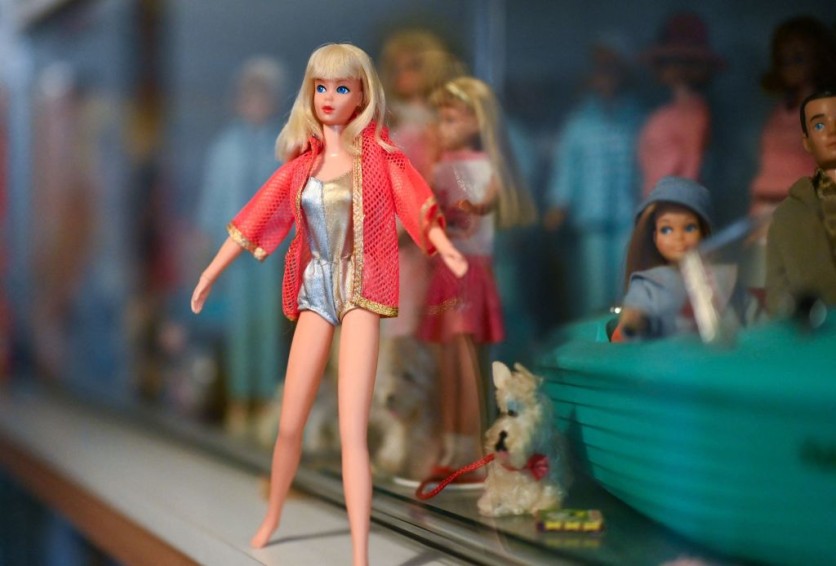As first conceptualized in 1959 by American businesswoman Ruth Marianna Handler, the iconic Barbie doll has been a source of inspiration for generations of women. In a contemporary context, the doll's popularity has seen a notable uptick with the recent release of a Barbie movie.

Studying Barbie's Representation
A recent research delves into the representation of medical and scientific professions in Barbie dolls, contrasting them with other career dolls. The analysis encompasses a scrutiny of their clothing, accessories, and packaging, while also evaluating their adherence to clinical and laboratory safety standards.
Interesting Engineering reported that the study aims to discern the specific medical and scientific fields Barbie dolls are depicted working and assess whether they align with established safety standards, as conveyed in a statement by the researchers.
The findings suggest that Barbie should expand her presence in medical and scientific careers, particularly in areas where women and other under-represented groups remain in the minority.
Lead author Katherine Klamer conducted a thorough examination involving 92 Barbie brand career dolls and compared them with 65 non-Barbie brand career dolls. The analysis encompassed a visual assessment of their clothing, accessories, packaging, and adherence to safety standards, following Indiana University guidelines.
As published in The BMJ, the study scrutinized the dolls' depictions in terms of representation, specialties, and safety equipment to evaluate the accuracy and diversity of their portrayal in medical and scientific fields.
The majority of Barbie brand career dolls depicted adults with 98%, females with 93%, and Caucasians with 59%, with none featuring any visible disability. In contrast, among the comparison dolls, 32% were Caucasian, and only one doll had a prosthetic arm, as documented in the study.
The statement conveyed that, except for three ophthalmologist dolls, all doctor dolls from the Barbie brand lacked a discernible specialty or were specifically identified as pediatricians without any apparent subspecialty.
Additionally, the examination revealed that a significant 66 percent of medical professional dolls from the Barbie brand predominantly focused on treating children, while a minimal four percent were depicted working with adult patients.
Moreover, the analysis highlighted that more than two-thirds of Barbie's medical professionals and scientist dolls had loose hair, and over 50 percent wore high heels, even in settings where safety discouraged such footwear.
Breaking Through Glass Ceilings
For the well-being of young girls and Barbie herself, Phys reported that Klamer emphasizes the necessity to continually break through glass ceilings.
Sareh Parangi and colleagues, expressing their support for Klamer's conclusion, emphasized the need for Barbies to represent a more diverse array of medical and scientific professions, prioritizing safety over fashion.
They underscored the persisting gender discouragement faced by female medical students in pursuing surgical careers, suggesting that exposure to dolls like neurosurgeon Barbie or trauma surgeon Barbie during childhood could counteract sexist career assumptions and guidance.
In a linked editorial, they expressed enthusiasm for the creation of a surgeon Barbie and offered their expertise to Mattel to ensure the doll's realism and fun.
They advocated for an expanded Barbie line to inspire young girls' perceptions of surgeons and scientists, transforming these careers from aspirational to inspirational, much like Barbie has done in the past.
Related Article : 'Barbie' AI Selfie Generator Racks up More Than 13 Million Uses





